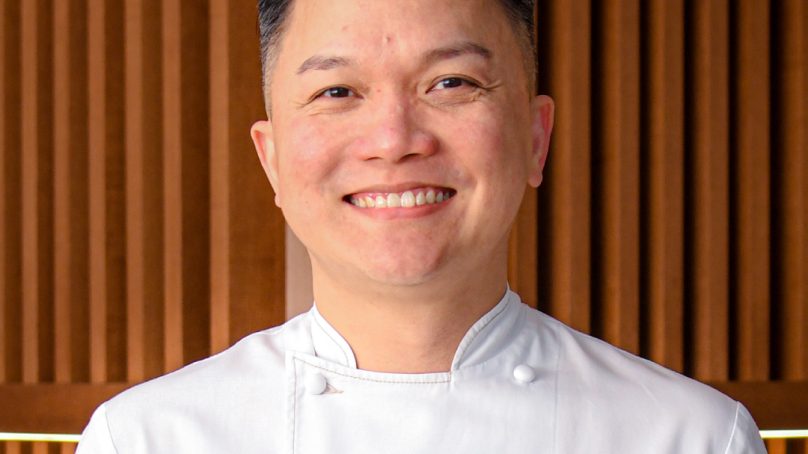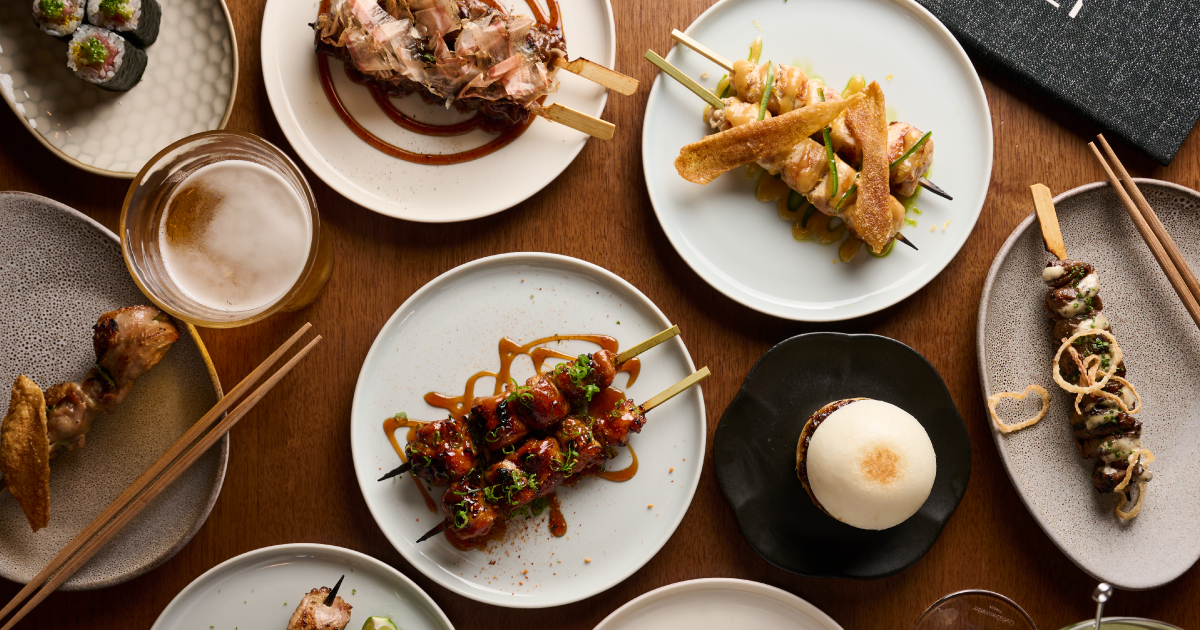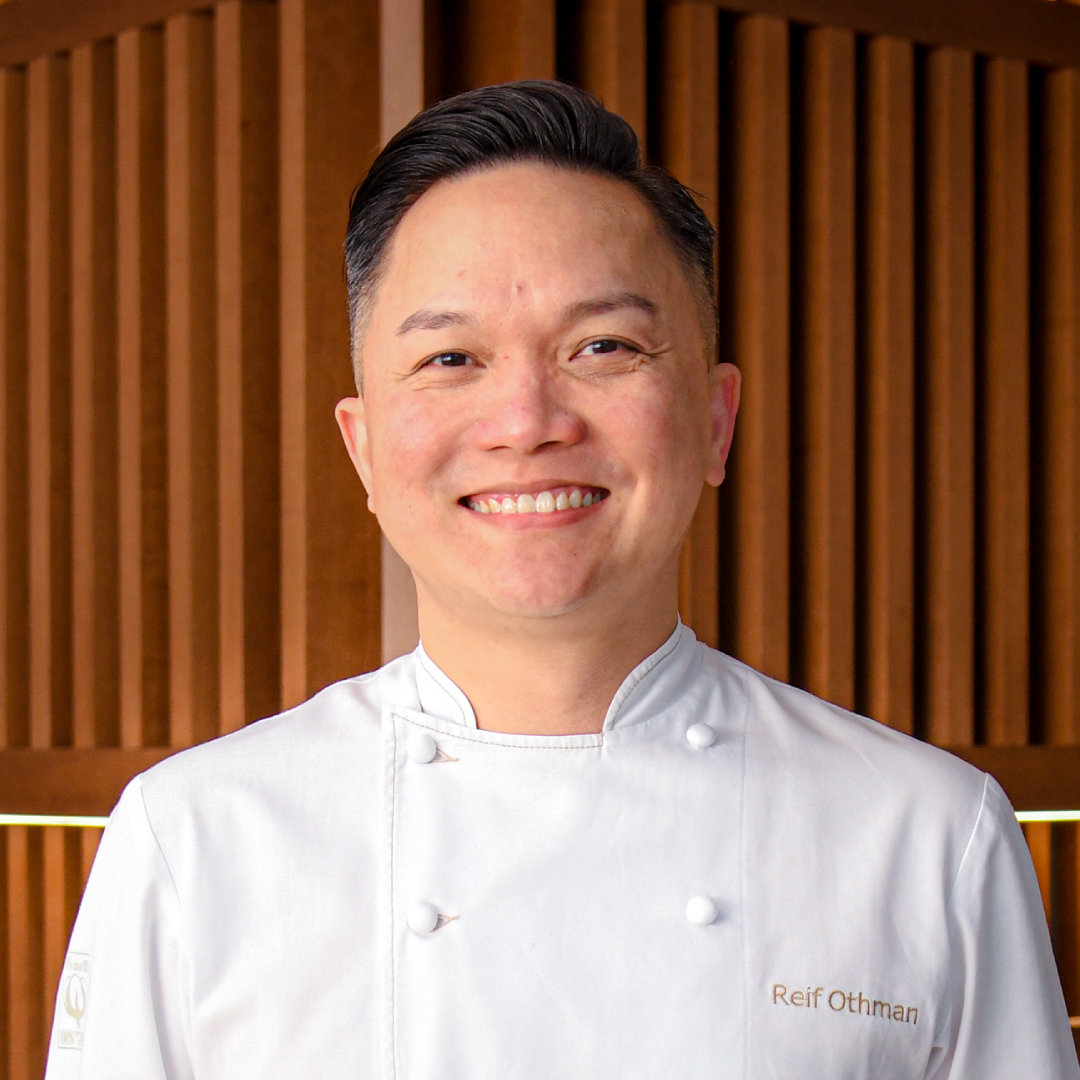

Japanese cuisine is deeply rooted in seasonality, simplicity and precision. Unlike many other global cuisines that rely on bold spices and complex layering of flavors, it focuses on the purity of ingredients and umami. The emphasis is on high-quality produce, clean flavors and minimalist presentation, enabling each ingredient to shine. Balance is key – whether it’s in the delicate sweetness of sushi rice, the rich savoriness of miso or the subtle smokiness of ‘binchotan-grilled’ skewers.
Far-reaching flavors
Japan’s diverse geography plays a significant role in shaping its culinary landscape. In Hokkaido, the cold climate produces exceptional seafood, dairy and miso-based ramen. Kansai cuisine, particularly in Osaka and Kyoto, leans toward lighter, more delicate flavors. Meanwhile, Kyushu is known for its rich ‘tonkotsu’ ramen and bold flavors influenced by its historical trade routes. Okinawan cuisine, with its tropical ingredients and influence from Chinese and American cultures, is entirely unique within Japan.
Japanese cuisine: A rich cultural legacy
Japanese cuisine is deeply intertwined with respect – respect for the ingredients, the seasons and the traditions. Concepts like ‘shun’ (eating ingredients at their seasonal peak) and ‘washoku’ (harmony in Japanese cuisine) define its philosophy. Dining etiquette is also crucial, whether it’s the way sushi is eaten in a single bite or how ramen is enjoyed with an audible slurp to enhance the experience. The culture of ‘omotenashi’ – thoughtful hospitality – extends from high-end ‘kaiseki’ restaurants to casual ‘izakayas,’ making the dining experience uniquely immersive.
All about the approach
Japanese cooking techniques revolve around precision and respect for natural flavors. Key methods include:
• Yakimono (grilling) – whether over binchotan charcoal or a teppan grill, grilling is a staple technique, enhancing natural umami.
• Agemono (deep-frying) – light, crispy tempura and karaage are prime examples of Japan’s mastery in frying.
• Nimono (simmering) – slow-cooked dishes like ‘oden’ or ‘nikujaga’ highlight depth and balance.
• Tsukemono (pickling) – pickles like ‘takuan’ and ‘umeboshi’ are integral for palate cleansing and balance.
• Raw preparations – from sashimi to sushi, Japanese cuisine celebrates pristine seafood in its purest form.
Popular ingredients include ‘dashi’ (Japanese stock), ‘shoyu’ (soy sauce), ‘miso,’ ‘kombu,’ ‘katsuobushi’ (bonito flakes) ‘wasabi’, ‘yuzu,’ and ‘shichimi togarashi’ (a seven-spice blend).
Japanese cuisine: Tradition meets innovation
Japanese cuisine has always been adaptive, while maintaining its core traditions. Historical influences from China include soy sauce, tofu and ramen. In a separate development, the Meiji era introduced Western elements, producing dishes like katsu curry and ‘omurice.’ In recent decades, Japan has embraced global trends, ranging from French pâtisserie techniques to Italian-Japanese fusion. Today, modern ‘kaiseki’ incorporates non-traditional elements, and, in parallel, Japanese street food like ‘takoyaki’ and ‘wagyu sando’ is being reinterpreted worldwide.
Among the latest Japanese food trends making waves are:
• Innovative sushi and sashimi – new cuts of fish, dry-aged sushi and creative garnishes like truffle and caviar are elevating traditional sushi.
• Kappo-style dining – a casual, yet refined experience, where chefs prepare dishes in front of guests, blending omakase with a relaxed atmosphere.
• Fermentation revival – beyond miso and shoyu, ingredients like aged soy sauce and koji-based ferments are gaining attention.
• Japanese comfort food – dishes like katsu sandos, yaki soba and curry rice are being reimagined in gourmet settings.
Prioritizing sustainability and seasonality
Looking ahead to 2026, sustainability will be at the forefront of Japanese cuisine. Expect a surge in plant-based alternatives, such as soy-based ‘tuna,’ sashimi and vegan ramen. Hyper-local sourcing and regenerative farming will redefine ‘shun’ dining, ensuring that ingredients are both seasonal and sustainable. Additionally, we may see more boundary-pushing concepts. However, no matter how far Japanese cuisine evolves, its foundation of precision, purity and respect for ingredients will always remain.

Reif Othman,
Owner and chef
Hotaru Holdings
@reifo.kee










